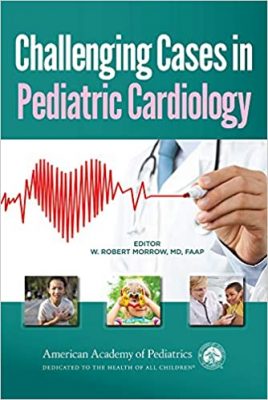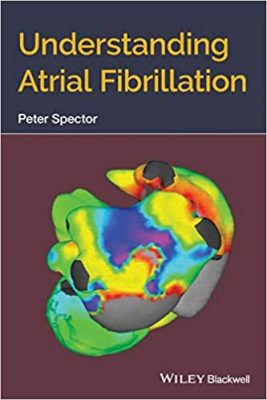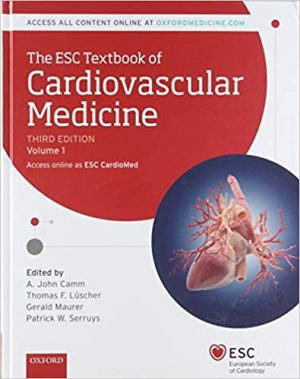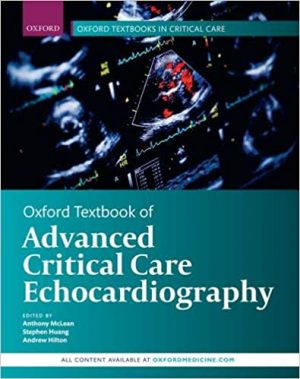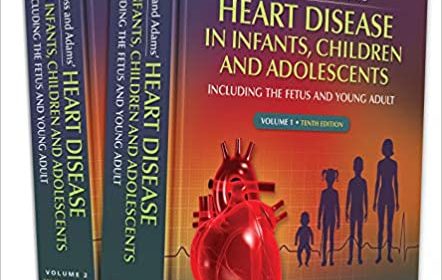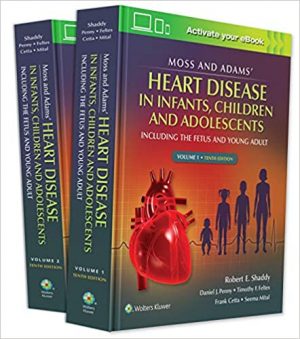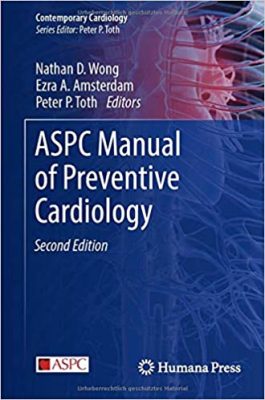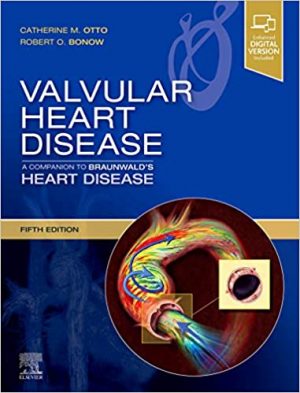Atlas of Pediatric and Neonatal ICU EEG
Atlas of Pediatric and Neonatal ICU EEG
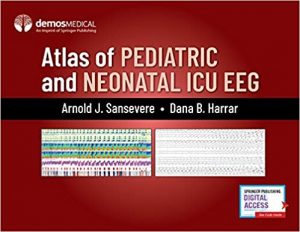
Atlas of Pediatric and Neonatal ICU EEG
Atlas of Pediatric and Neonatal ICU EEG is the first and only atlas to provide a comprehensive overview of the EEG patterns encountered in critically ill neonates and children, with emphasis on their significance and implications for patient care. EEG monitoring is an essential component of neurocritical care, and the patterns seen in critically ill children and neonates are often distinctly different from those found in critically ill adults or encountered in an epilepsy monitoring unit or outpatient neurophysiology laboratory. This resource provides expert guidance in the interpretation of neonatal and pediatric critical care EEG with hundreds of examples and detailed descriptions to enhance understanding and facilitate better outcomes for EEG monitoring in children.
The chapters begin by addressing the basics of each topic before focusing on specific EEG patterns and their relevance to a particular disease state. Dedicated chapters on rhythmic and periodic patterns, status epilepticus, quantitative EEG analysis, and multimodality monitoring provide a thorough grounding in ICU EEG skills and applications. The book concludes with a series of thirteen cases illustrating common scenarios to help clinicians apply lessons learned. 140 board-style questions targeting information covered on the epilepsy and clinical neurophysiology boards is included online along with 12 videos that further amplify chapter content. Incorporating the most recent American Clinical Neurophysiology Society guidelines for critical care EEG monitoring in neonates and children, this evidence-based atlas will be a trusted reference for critical care clinicians, neurologists, epileptologists, and other providers who care for critically ill neonates and children.
DOWNLOAD THIS MEDICAL BOOK

